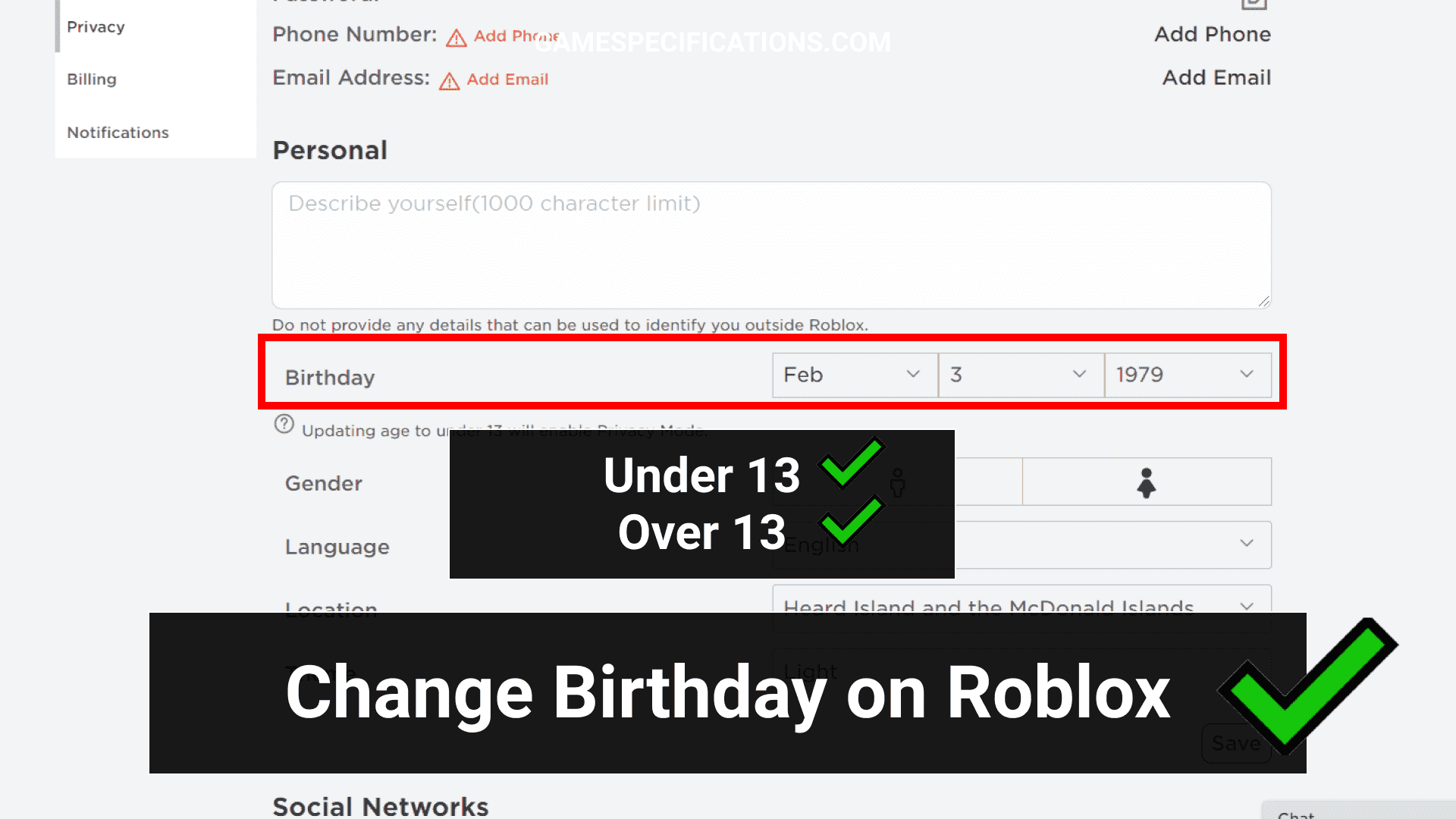

Here, tap on the dropdown menu option next to Taskbar alignment and select Center to align its position with the centered Start button on your taskbar.Ĭan You Move the Taskbar to the Left or Right?

To do this, open Settings and navigate to Personalization > Taskbar > Taskbar Behaviors. But in case you are, you can simply change the Start menu alignment from the taskbar settings.
You can continue using it as is if you aren’t bothered by the layout. However, when you click the Start button, you’ll notice that even though the Start button is centered in the taskbar, its menu comes from the left-hand side. And subsequently, you should be able to use it to launch programs, view open apps, access taskbar icons (or other items), and perform other operations seamlessly. If you performed the steps correctly and all went well, you should see the taskbar relocated to the top of the screen. Once in the CMD windows, enter the following command and hit Enter to stop File Explorer (explorer.exe process):įinally, run start explorer.exe to start the service again. To do this, launch the Command Prompt in administrative mode by clicking Start, looking up cmd, and pressing the Ctrl+Shift+Enter shortcut. Here, right-click on Windows Explorer under Apps and select Restart from the context menu options.Īlternatively, you can also do this via the command line. To do the latter, press Ctrl+Shift+Esc to open Task Manager and click on the Processes tab. For this, you can either restart your PC or restart the process itself. Now, you need to restart the Explorer service for the changes to take effect. However, bear in mind that positioning the taskbar to the left or right is currently known to cause certain problems. If you want, you can also choose to change the value to 00 or 02 to change the position of the taskbar to the left or right part of the screen, respectively. And, in the Edit Binary Value window, click on the 03 value under the FE column and change it to 01. HKEY_CURRENT_USER\Software\Microsoft\Windows\CurrentVersion\Explorer\StuckRects3ĭouble-click on the Settings key in the right-hand pane. In the Registry Editor window, click on the search box/address bar right below the toolbar and enter the following key path: When prompted in the User Account Control screen, hit Yes. Alternatively, click on Start and lookup Registry Editor. To do this, hit the Windows+R shortcut to launch Run, search regedit, and hit Enter.


 0 kommentar(er)
0 kommentar(er)
